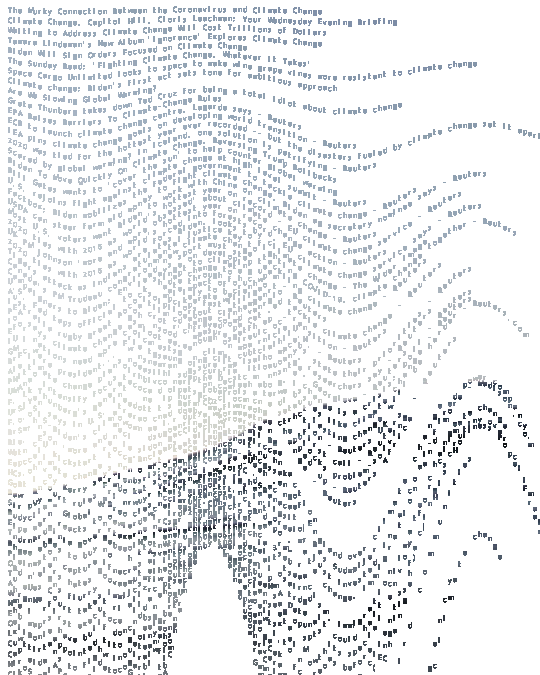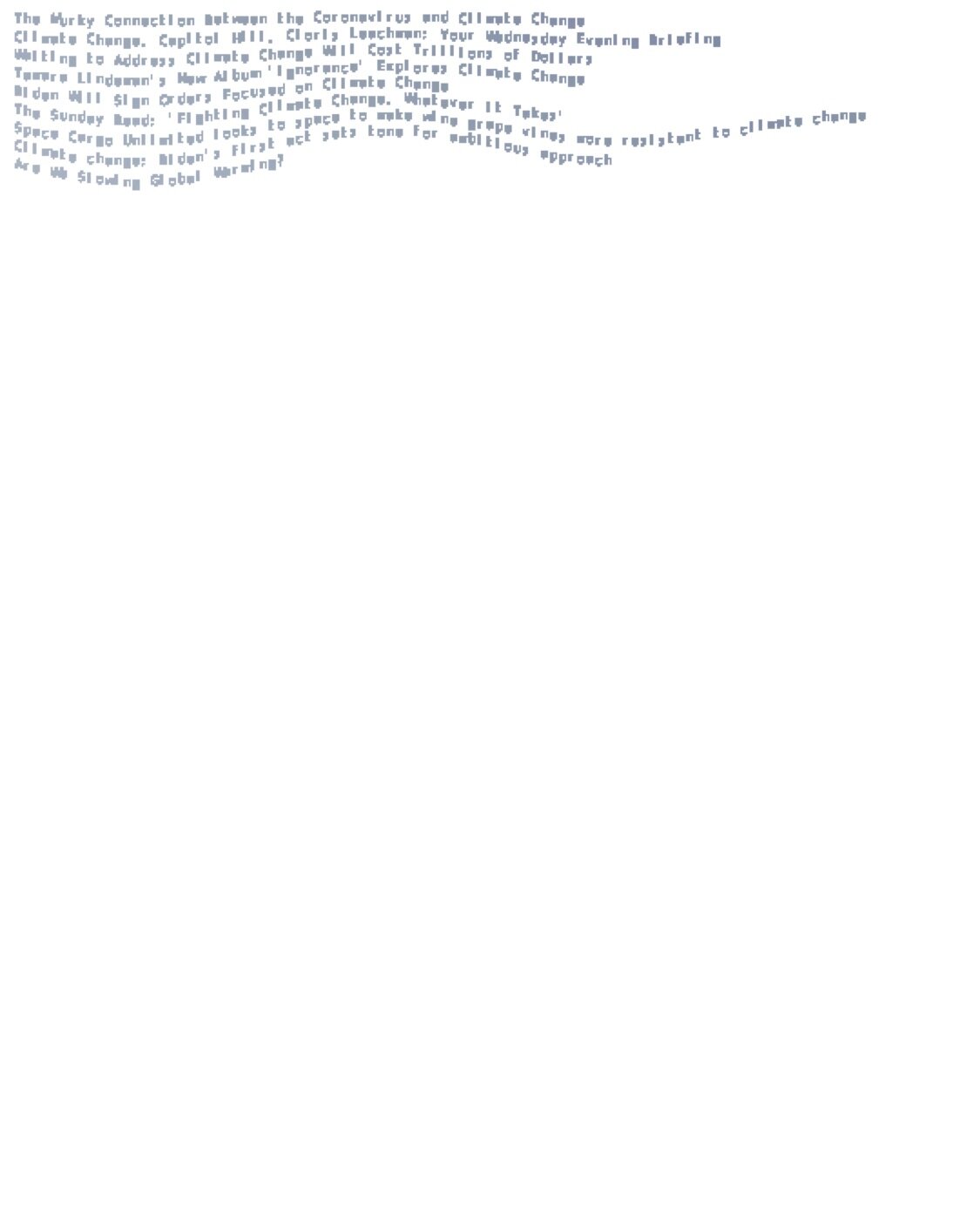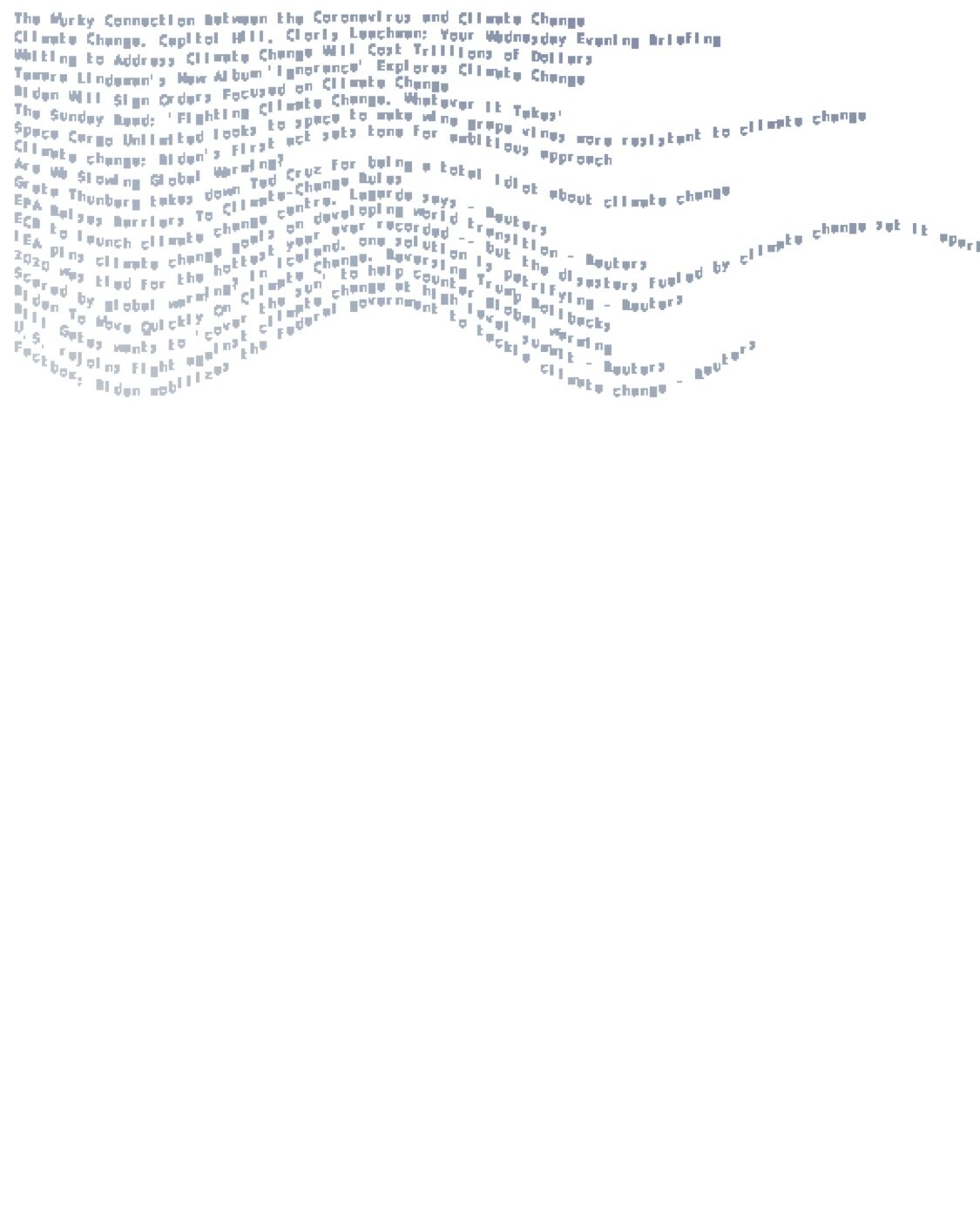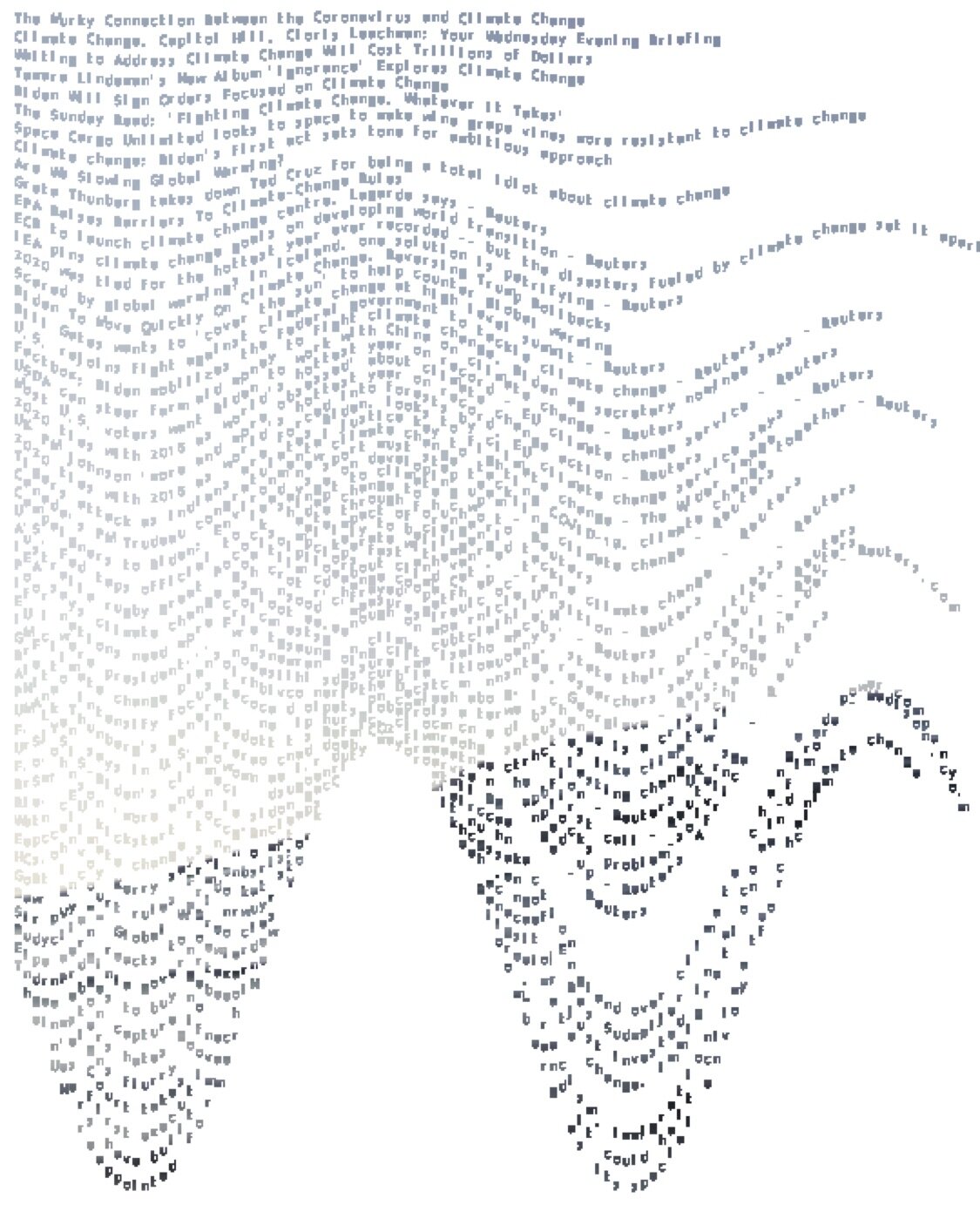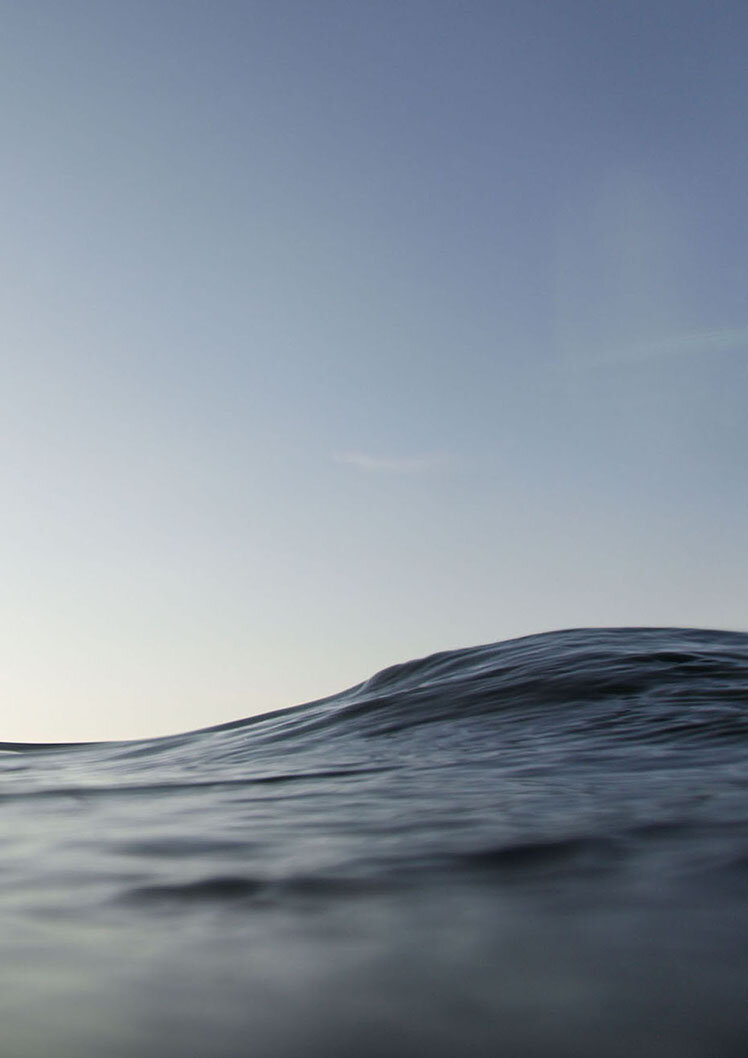A selection of interactive installations drawing the users attention to environmental issues such as plastic pollution, global warming and rising sea levels.
ANIMAL MAPPING
‘Mapping Animal Migration’, paper, pins, string and LED strips
Mapping Animal Migration is an educational game that encourages players to think about the difficulties animals face when travelling across the world and the measures people can take to make their crossings easier.
The playspace is made from a large map lit from behind by LED strips. There are six different animal migration routes for players to choose from. The game can be played by 1-6 players. Players move towards their destination by rolling the dice, following the legend key and looping string from one space to the next. Depending on what space you land on, you will be told to move backwards or forwards. If players land on "suggestion" space, they have to write a tip for protecting the planet on a paper fish and move forward two places. A round is finished once a player has completed a full migration route loop. Players can leave their string on the pins for other players to see how challenging their migration path was. Each time the game is played, the migration routes will build up on the map becoming part of the art piece. The number of suggestions for helping the planet will develop also the more the game is played.
This project was part of Approaches to Play, for more insights to my thought process and weekly journal see here
MOVING MEDUSA
Reimagining Dorothy Cross' Medusae II. Using computer vision openFrameworks and Arduino environments, this installation brings the jellyfish to life, triggering their plastic bodies to move when humans interact with a webcam. The shadows created from the plastic projected on to the wall is intended to highlight how marine life often mistaken plastic for food. The interaction is intended to draw attention to the issue by engaging the viewers and creating awareness of the pollution of our oceans.
Soundtrack: Swimmers, Zero 7 and Jem Cooke
SEE TURTLES
An installation that engages the viewer and creates awareness of the plastic pollution in our oceans.
Using computer vision, physical computing components and re-used plastic objects SEE TURTLES creates an underwater world revealing how turtles see plastics and can easily mistake them for food...
The computer vision detects movement in front of the webcam and draws rotating spirals on the projections. The motion sensed triggers the LEDs and the micro servos that activate the jellyfish in front of the projections.
What do you see? What do you think turtles see?
Recognising our Seas in 2100
This book aims to create awareness for the rising sea levels. Taking 80 news headlines that contain ‘Global Warming’, ‘Sea Levels’ or ‘Climate Change’ using an API, each headline is printed incrementally on each page. The titles are printed along a sine curve of the predicted rise in sea level for that year (2020 - 2100). As the book develops, the distorted text reveals an image of the sea. Are the headlines legible on the 80th page? Will our seas be recognisable in 2100?
The first image shows the last page of the book showing the specific headlines on the specific day the code was written.
A Diary of a Wave
Using data collected from a buoy off the West Coast of Ireland, this PDF was created in Processing using different functions to map the values of the key features of the waves recorded during October 2020.
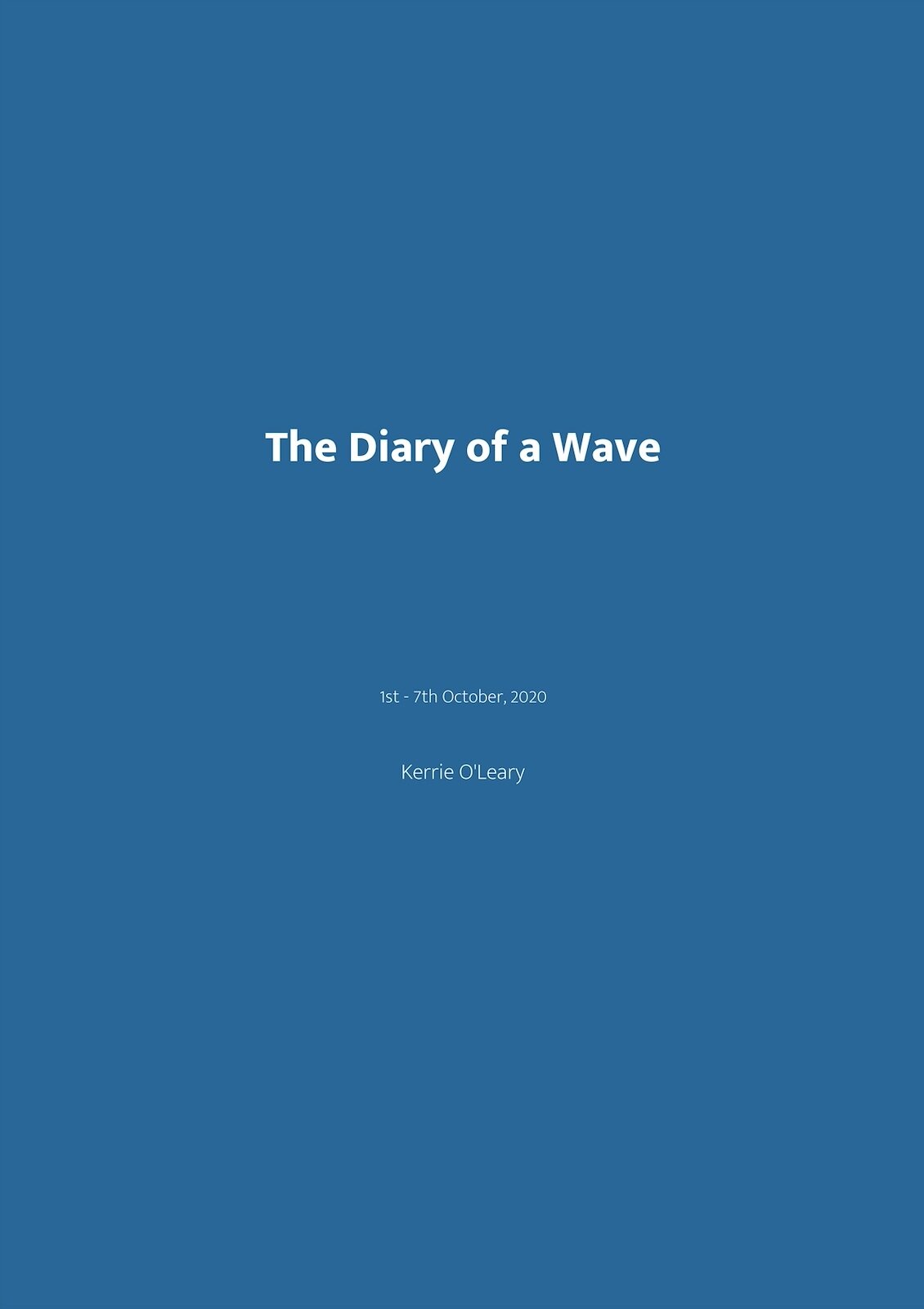
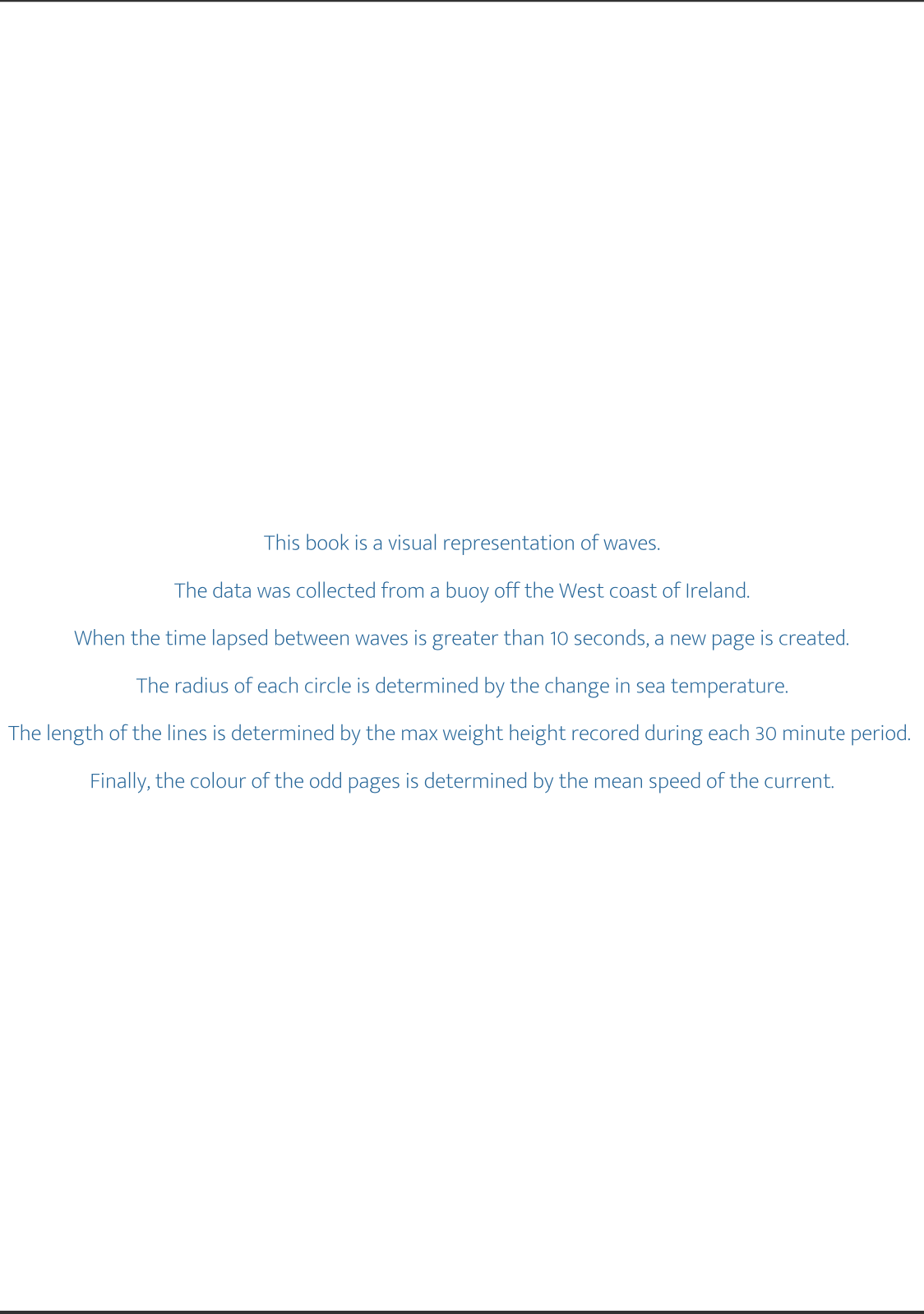

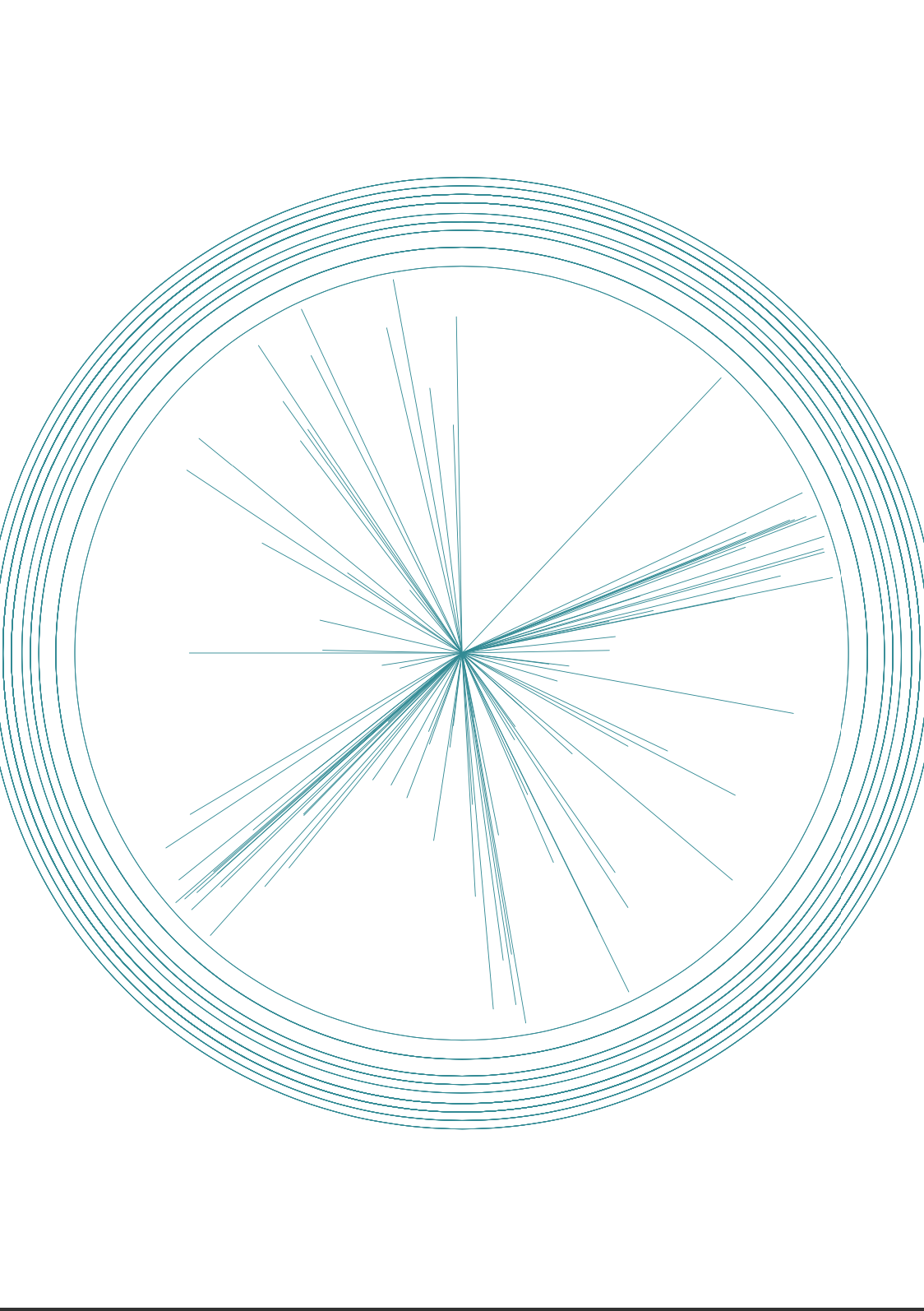
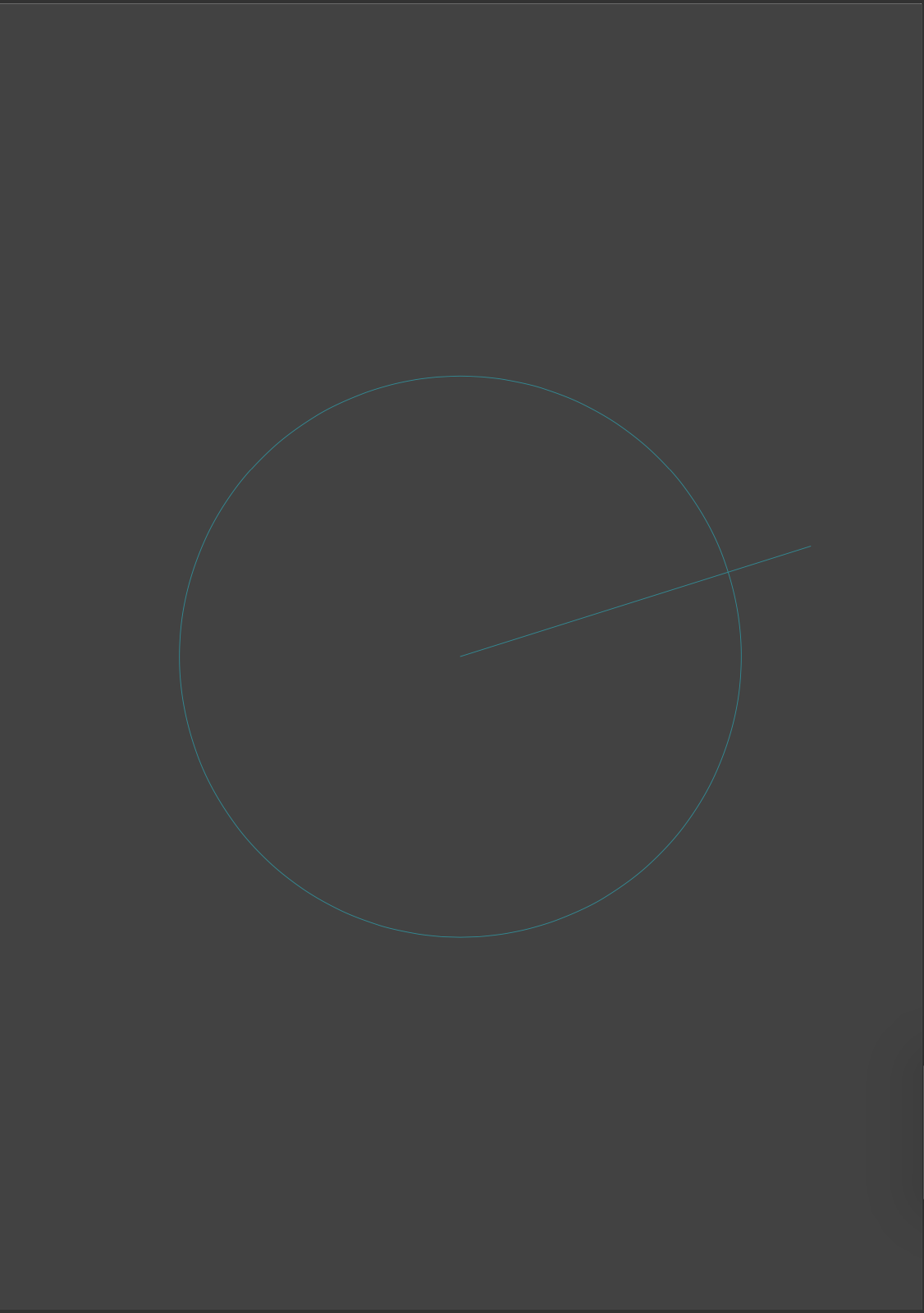

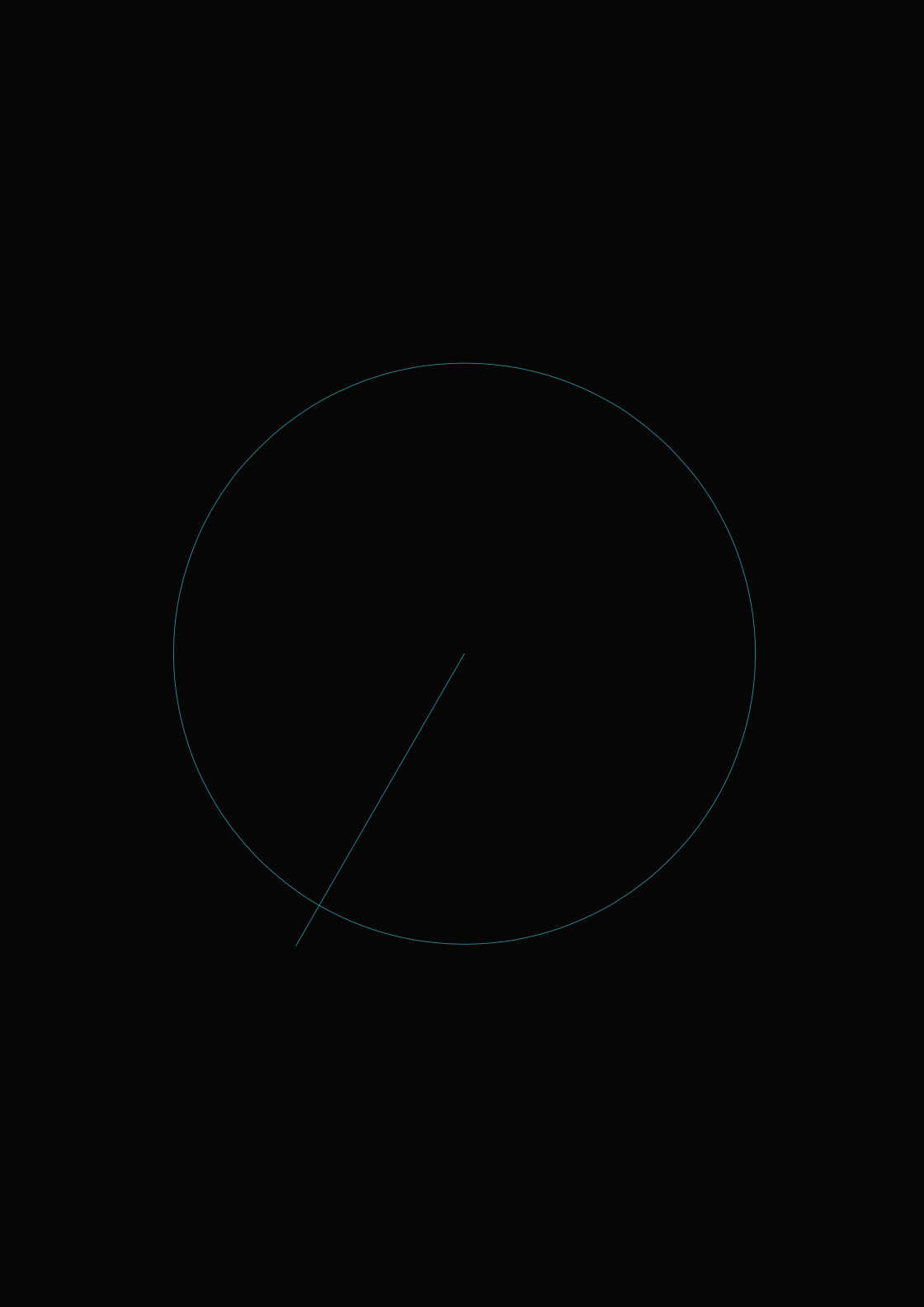
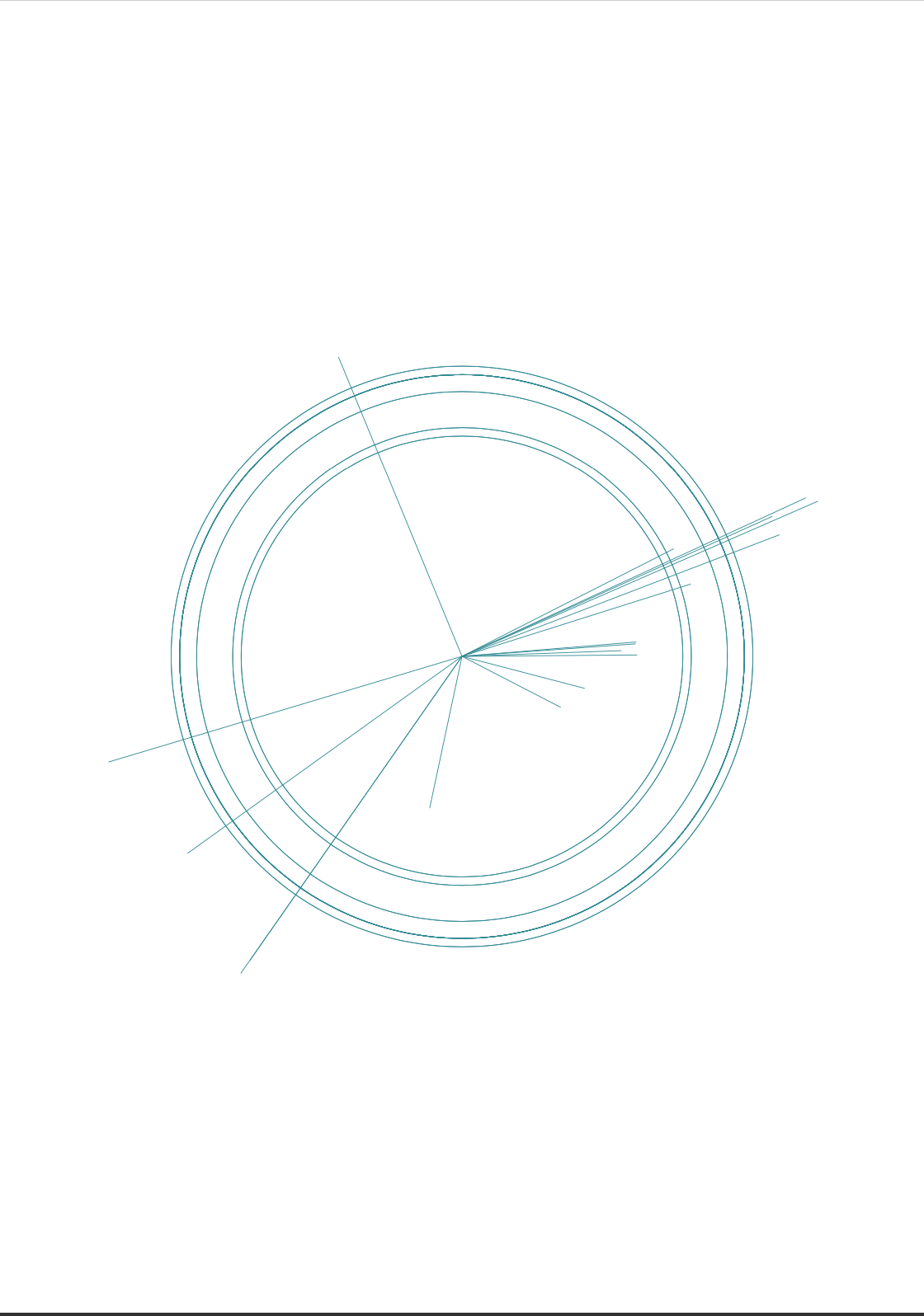
Privacy During a Pandemic
This group project explored how our governments are handling privacy in relation to the national covid tracking apps. The pages below are excerpts from a book detailing the different features of the COVID tracking apps worldwide. To see all of our findings please watch our recording here
The dataset can be viewed here.



